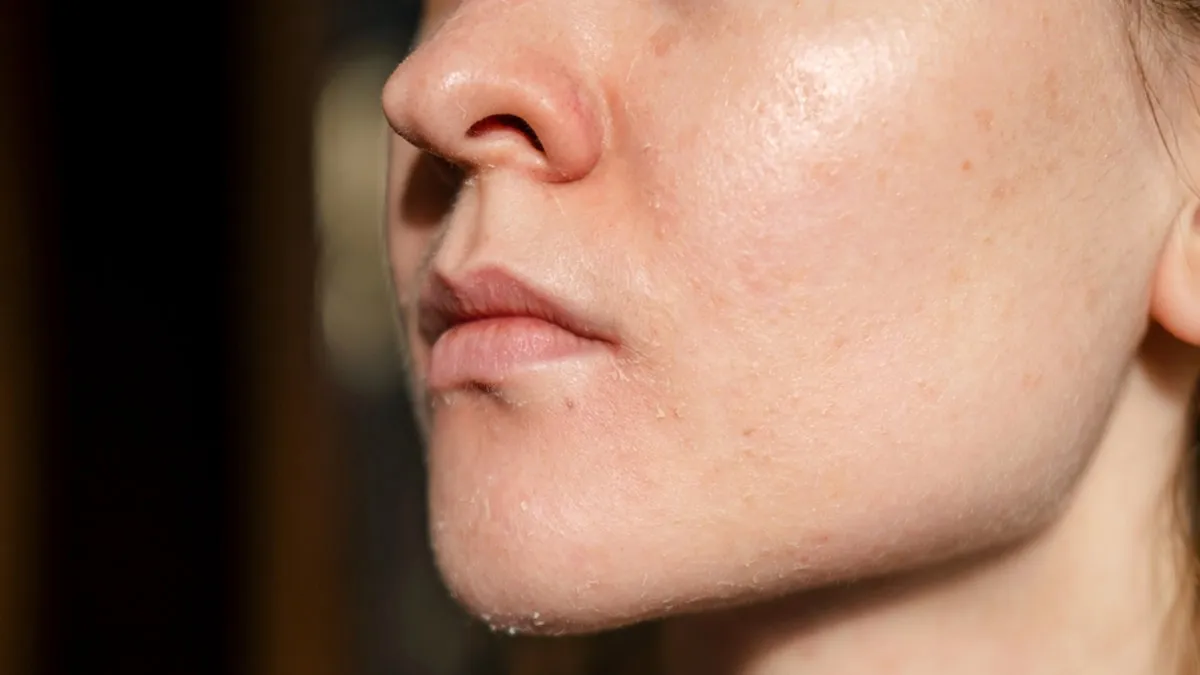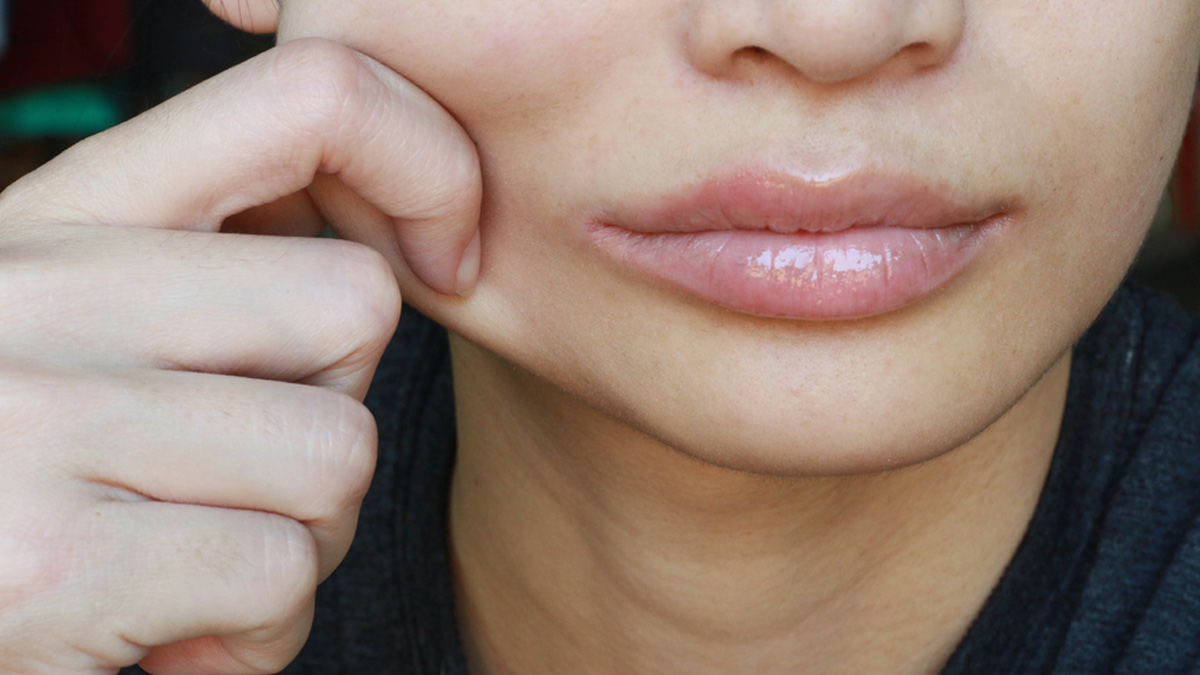
Skin concerns are often complex, and understanding whether your skin is dry or dehydrated can feel like deciphering a skincare puzzle. Though these terms are often used interchangeably, they describe two distinct conditions that require different approaches. Here's a guide to help you identify the difference and treat your skin effectively, supported by scientific studies.
Table of Content:-
Dry Skin vs Dehydrated Skin: Understanding the Basics
Dry skin: This is a skin type, characterised by a lack of natural oils (sebum). Dry skin often appears flaky, rough, or dull, and it may feel tight. Genetics, environmental factors, and aging are common causes.
Dehydrated skin: This is a skin condition caused by a lack of water. It can affect any skin type, even oily or combination skin. Dehydrated skin often looks dull, feels sensitive, and shows signs like fine lines or uneven texture.
Also read: Winter Skincare Woes: Are Hot Showers Secretly Sabotaging Your Skin?
Decoding the Difference

One of the easiest ways to differentiate is the "pinch test." Gently pinch the skin on your cheek or hand. If it appears wrinkled and lacks elasticity, it may be dehydrated. Dry skin, on the other hand, will feel rough and flaky but won’t necessarily show an immediate change when pinched.
A study published in the Journal of Clinical, Cosmetic, and Investigational Dermatology explored the relationship between transepidermal water loss (TEWL) and hydration levels. Researchers found that TEWL is significantly higher in dehydrated skin, leading to sensitivity and irritation. Treating this requires humectants like hyaluronic acid, which attract and retain moisture.
Another study published in Skin Pharmacology and Physiology, demonstrated the effectiveness of ceramides in treating dry skin. Ceramides help restore the lipid barrier, preventing water loss and promoting hydration. Products containing ceramides, fatty acids, and cholesterol are key for combating dryness.
Tailored Treatments for Dry and Dehydrated Skin

For Dry Skin
Choose rich moisturisers: Opt for products containing ceramides, shea butter, or squalane to nourish and protect the skin.
Gentle cleansing: Use non-foaming, lipid-enriched cleansers to maintain the skin’s natural barrier.
Avoid over-exfoliation: Harsh scrubs can worsen dryness. Instead, use gentle enzymatic exfoliants once a week.
For Dehydrated Skin
Hydrating serums: Incorporate serums with hyaluronic acid or glycerin to attract moisture to the skin.
Water-based moisturisers: These lock in hydration without feeling greasy, making them suitable for all skin types.
Boost Water Intake: Drinking enough water helps maintain skin hydration from within.
Also read: Can Water Help to Treat Dry Skin? Read On to Know From A Dermatologist
Common Skincare Mistakes to Avoid

Overwashing: Hot water strips the skin of its natural oils, worsening both dryness and dehydration. Use lukewarm water instead.
Skipping sunscreen: UV rays can impair the skin barrier, exacerbating both conditions. Use a broad-spectrum sunscreen daily.
Neglecting night care: The skin repairs itself during sleep, so apply a nourishing night cream to aid recovery.
Conclusion
Differentiating between dry and dehydrated skin is crucial for effective treatment. While dry skin benefits from restoring oils, dehydrated skin thrives on water-based hydration. Addressing the root cause with scientifically-backed products and lifestyle changes can transform your skincare routine.
Remember, if your symptoms persist despite your best efforts, consult a dermatologist for personalised advice. A tailored approach is always the key to healthy, glowing skin.
Also watch this video
How we keep this article up to date:
We work with experts and keep a close eye on the latest in health and wellness. Whenever there is a new research or helpful information, we update our articles with accurate and useful advice.
Current Version